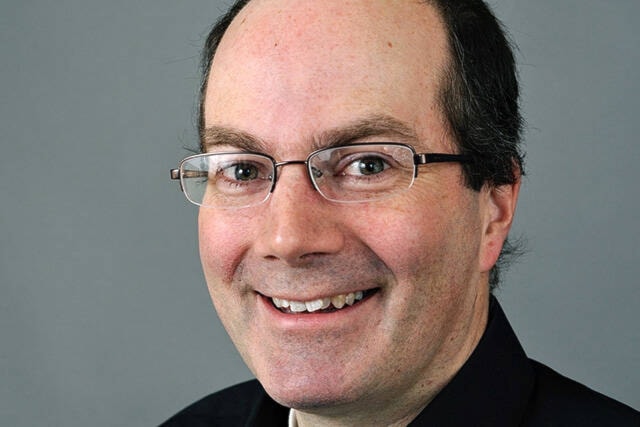Movies such as The Big Short during the global financial crisis gave financial engineering a bad name. Here in the Yukon, the territorial government had to write off $6.3 million when complex asset-backed commercial paper investments turned toxic.
Nowadays, the Yukon government no longer has surplus cash it needs to invest. Instead, it is going deeper into debt: $235 million across all territorial government legal entities according to the 2021 public accounts.
As of March 31, 2021, the Yukon Development Corporation (YDC) had $100 million in bonds outstanding, plus $69 million in other debt. The territorial credit line account had been tapped to the tune of $33 million. The Yukon Hospital Corporation had $26 million in bank loans. Other smaller debts from Yukon University, Yukon Housing and other agencies rounded out the total.
We can expect bigger numbers and more agencies to get in on the act in future years.
The Yukon government faces some growing financial pressures. The population is aging, which means higher health care costs. The physical infrastructure is also aging in an expensive way, as the whopping $160 million required for the new bridge at Teslin indicates. Melting permafrost under highways and buildings as well as floodproofing infrastructure will add to the bill.
Then there are the operating and maintenance costs of all the new facilities recently built or under development: the Centre of Hope shelter, the Housing First residence, the High Country supportive housing facility, the Bilingual Health and Wellness Centre, the wellness centres in Mayo and Old Crow, the new school in Whistlebend, the Robert Service parks building, the $29-40 million Arts and Heritage Resource Centre and more.
In this situation, we can expect more agencies to engineer projects so the government does not have to pay all the capital cost upfront.
This is not necessarily a bad thing. Northwestel recently announced two innovative deals along these lines.
Last month, the phone company announced that 13 First Nations in a consortium called Yukon First Nations Telco would purchase some of Northwestel’s fibre-optic cables. After paying Northwestel up front, they will then receive lease payments from the phone company for 20 years.
This is a purely financial deal. Your web surfing will continue as today. Your bits and bytes will be unaware they are traveling on Indigenous-owned fibre.
It’s a win-win outcome. Northwestel gets cash now to invest in new businesses or to return to its shareholders. And the First Nations get a nice, steady, low-risk cash flow on their investment.
A similar arrangement will take place with Northwestel’s new headquarters, to be located on Quartz Road across from the old oil refinery. Kwanlin Dün First Nation’s development corporation will own the building and lease it to Northwestel for at least 20 years.
Again, Northwestel gets to avoid a big up front investment while the First Nation gets a long-term flow of lease income.
For the Yukon government, however, there are some risks to financial engineering.
The first is that it gets taken to the cleaners by the big-city suits who negotiate such deals for investors. A government official might negotiate only one such deal in an entire career, while the pros do them all the time. The juice is in the details, as they say, and the pros know the details.
It would be wise for the Yukon to have a territorial version of the Parliamentary Budget Officer. Independent of government and reporting directly to the legislature, this public analyst would opine on the fairness of proposed deals.
Much better to have someone do this before the deal is signed, rather than have the federal Auditor General make a depressing visit afterwards. That’s what happened after the asset-backed commercial paper debacle.
The second risk is that big interest payments leave the territory if the lenders are from Outside.
For example, Yukon Housing Corporation is paying chartered banks and CMHC interest rates ranging from 7.5 to 9.5 percent. You may notice that is 7.5 to 9.5 percent more than you were getting on your savings account before the recent spike in interest rates.
Another example is Yukon Hospital Corporation, which is paying one of the big banks 5.15 percent on a $9.5 million loan and 5.23 percent on another $8.3 million loan..
One option here is to set up a Yukoner Participation Fund, where regular Yukoners can invest their money and get a piece of the action on future Yukon Energy, Yukon Housing or City of Whitehorse facilities.
The system we are running now is that regular Yukoners buy Guaranteed Investment Certificates from a Toronto bank at a low rate, then the Yukon government borrows the money back at a much higher rate. Which is great for the banks, but a missed opportunity for the Yukon.
But before we do too much more fiscal legerdemain, we really should hire that Legislative Budget Officer. Otherwise, sooner or later, the Yukon Film Society will be workshopping The Big Short: Yukon Edition.
Keith Halliday is a Yukon economist, author of the Aurore of the Yukon youth adventure novels and co-host of the Klondike Gold Rush History podcast. He is a Ma Murray award-winner for best columnist.
